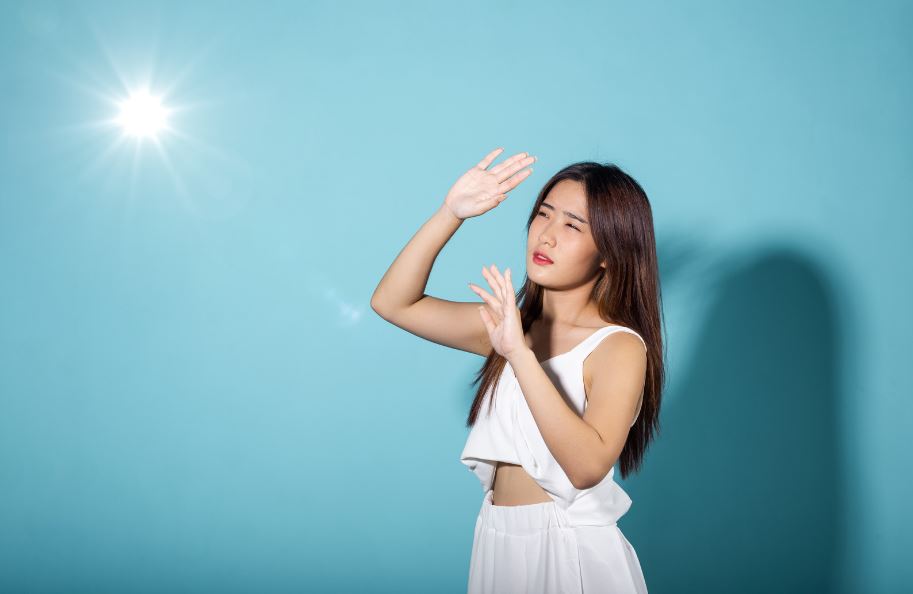UV – we hear about it all the time. From sunscreen, to tanning beds, to skin checks, even at the nail salon. So what is this mysterious ultraviolet light that everyone is talking about? Let’s find out!
What is it?
Ultraviolet radiation is a type of sun produced energy. It has no relation to temperature and cannot be felt, or seen by us. “UV can reflect off different surfaces and be scattered by particles in the air. UV reflects from surfaces, especially if smooth, shiny or light-coloured, and natural surfaces, like sand, water or snow.” says sunsmart.com.au
As previously mentioned, ultraviolet radiation can’t be felt or seen. So you can imagine that it is imperative that we measure the levels using technology to keep track or what we can’t feel ourselves. The global solar UV index is the way that the world health organisation measures the level of ultraviolet radiation. It goes from a low level of 0, to extreme levels which is any measurement over 11+. Sunscreen is recommended when the UV index level is above 3.
UV can accumulate over time, as well as it’s damage so it’s important to protect ourselves all year round whenever we can.
Why can UV be dangerous?
Sunsmart gives us some education as to why UV can be so dangerous. It tells us “When UV radiation hits our exposed skin, it damages cells genetic material also known as DNA. This DNA damage can evolve into skin cancer and have deadly consequences.
Our body naturally tries to repair DNA damage; but often the body’s ability to repair the damage fails and if this happens the process of cancer can start. If you notice your skin starts to change colour – what people often call a ‘tan’ – that’s a clear and visible sign that damage is being done.
The more your skin is exposed to UV radiation, the greater the risk of damage and skin cancer. That’s why it’s important for outdoor workers to protect their skin all year round. Even low UV levels can be harmful when exposed for long periods.” (see our article ‘Attention Outdoor Workers‘)
What can we do now?
Always remember the 5 main methods of sun protection: slip, slop, slap, seek and slide! Download the Sumsmart app which alerts you to what times of the day the UV level is high enough you need to be protected. Keep vigilant in sun protection throughout the year; remember ultraviolet radiation is not linked to temperature so can be high even in winter months! Get regular skin checks when advised by your doctor to keep on top of any new sun damage. You can book today with Qutis at https://qutis.com.au/book-appointment/. We look forward to seeing you soon!


Recent Comments